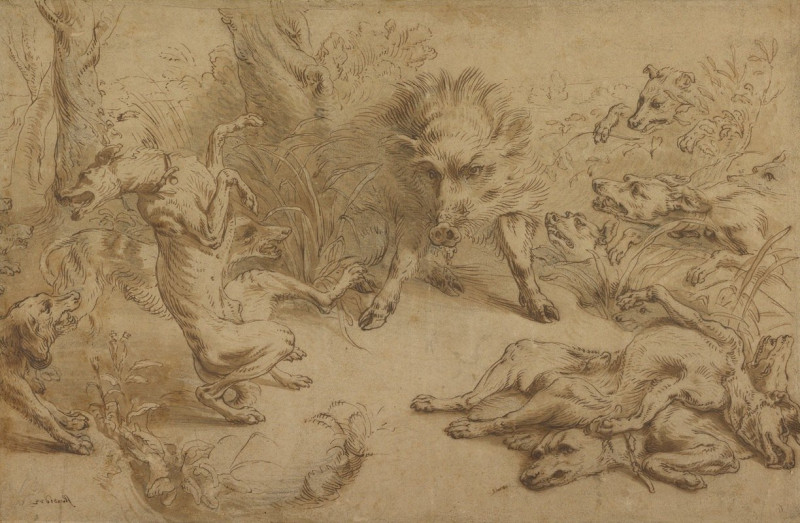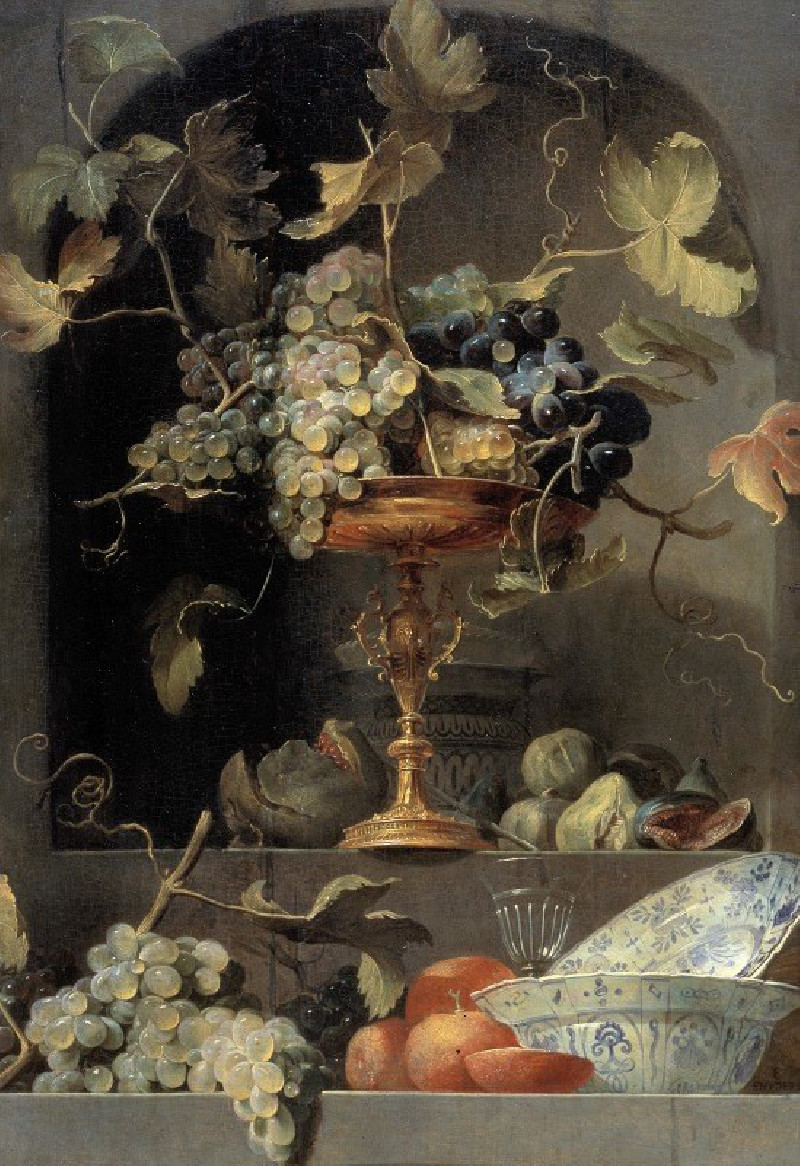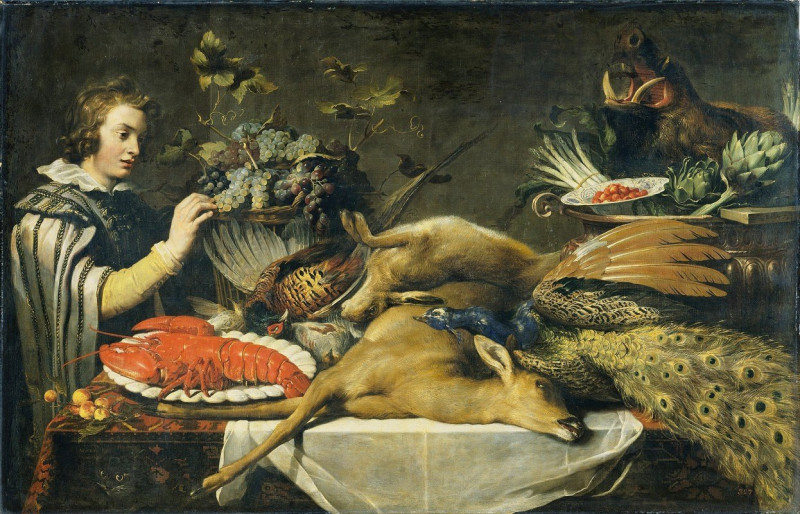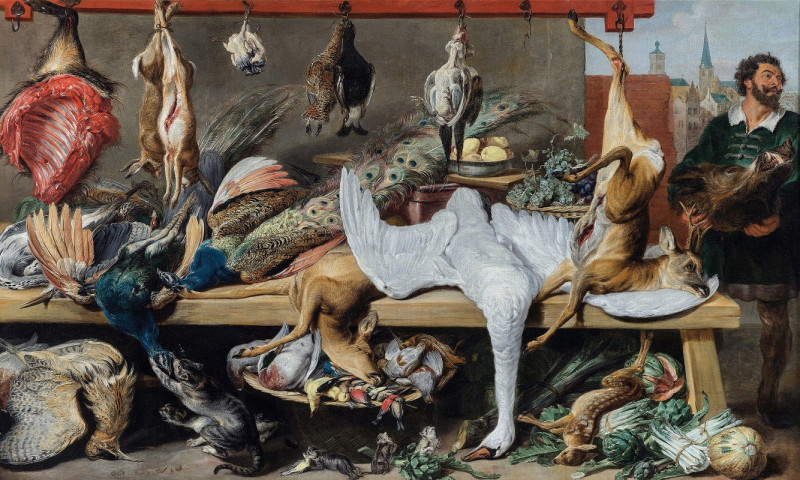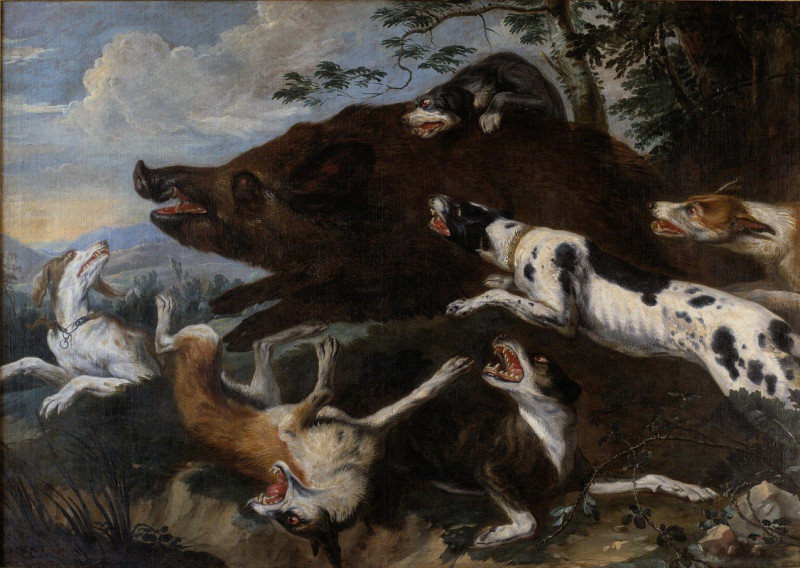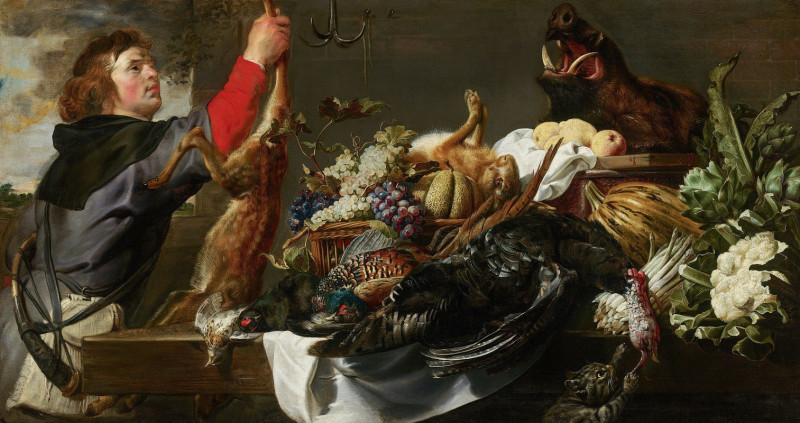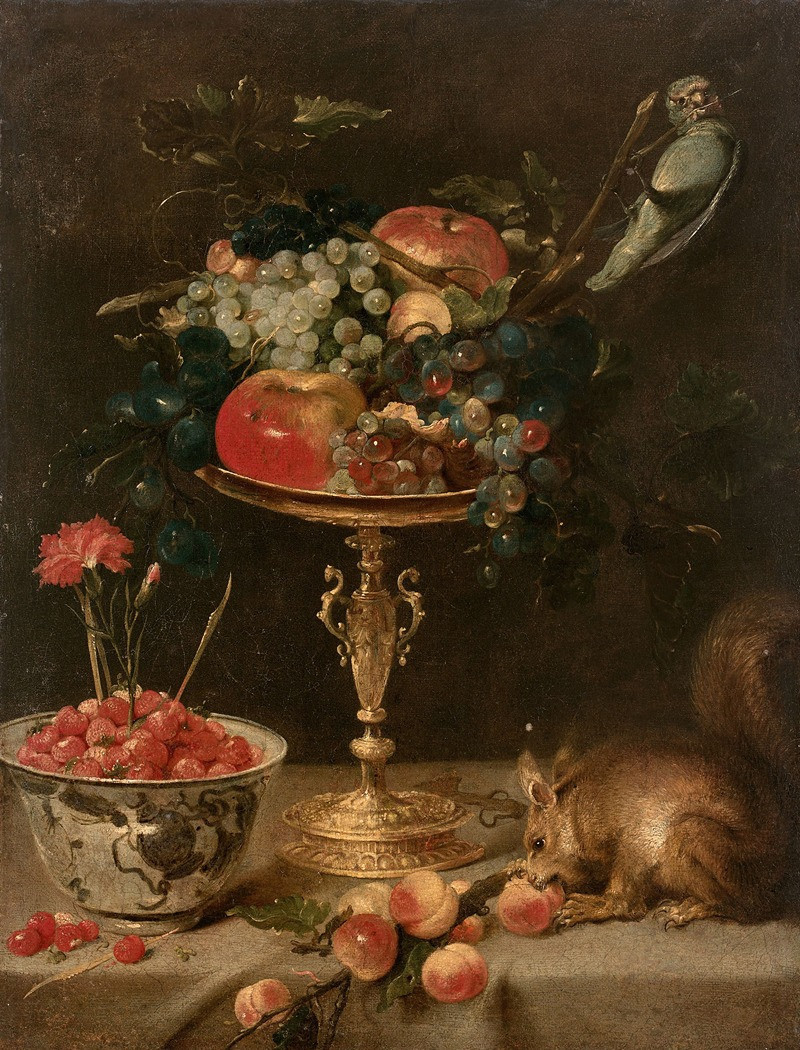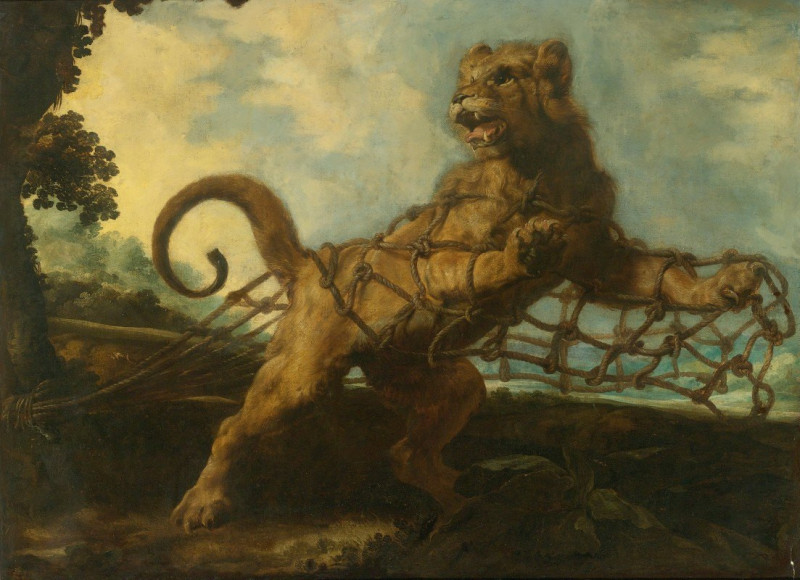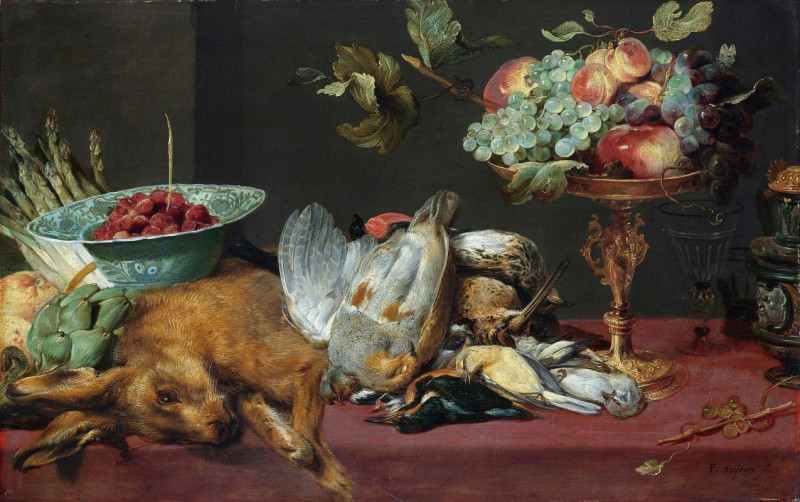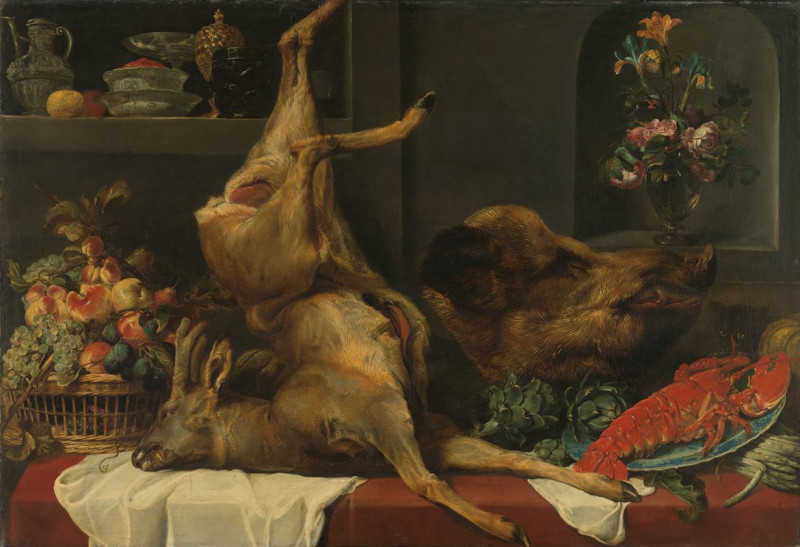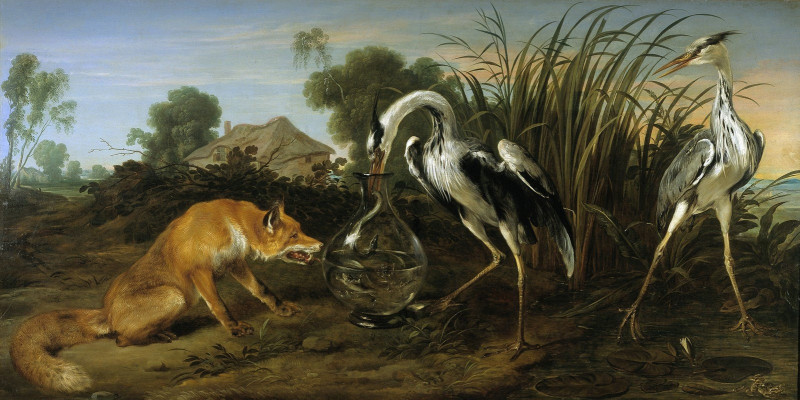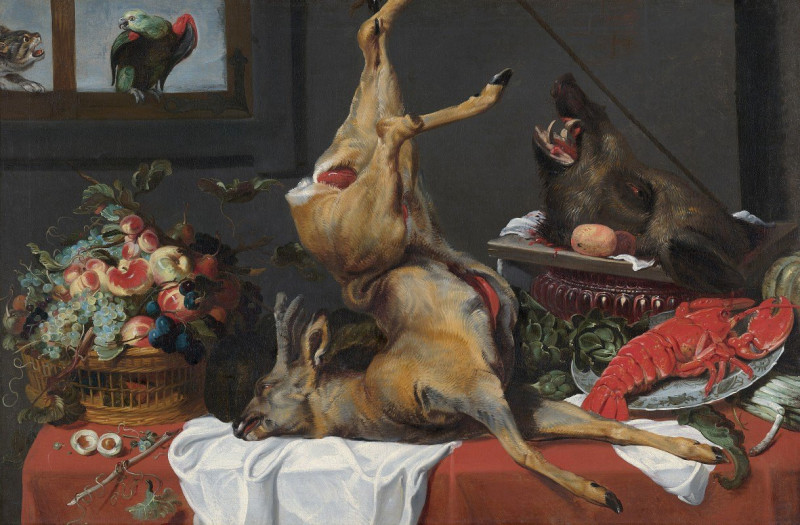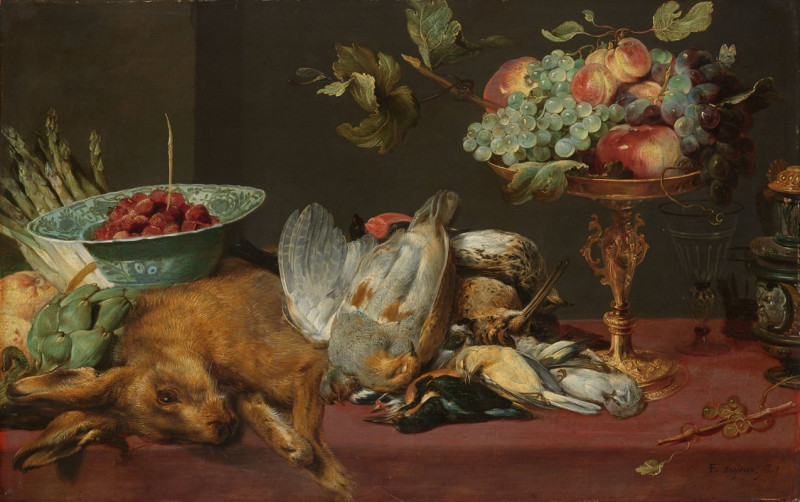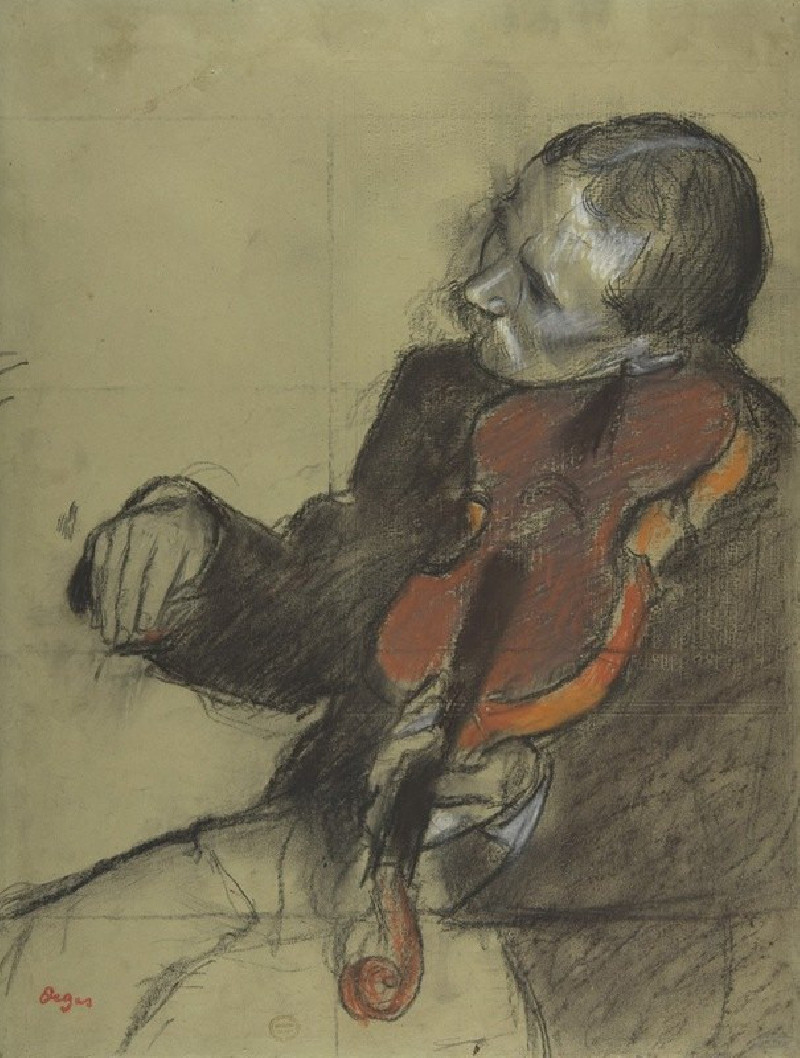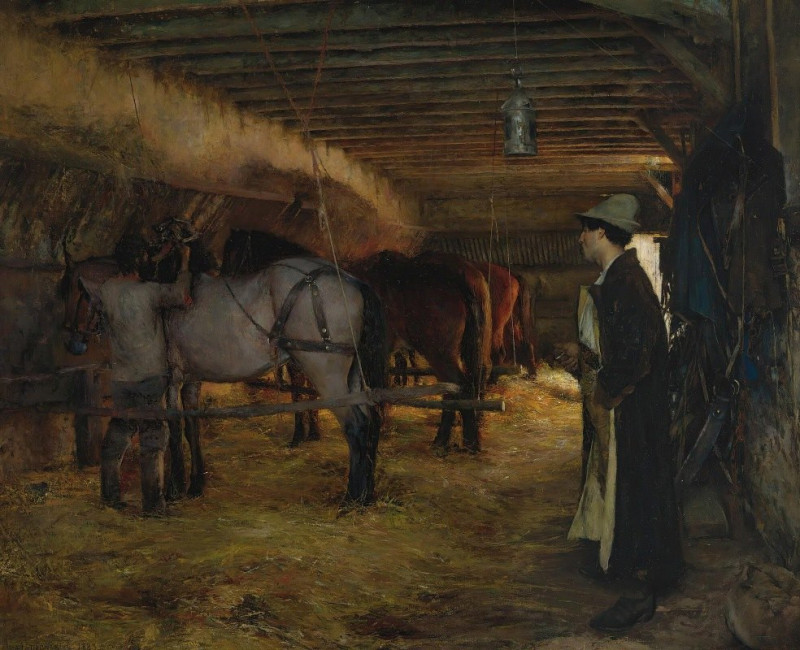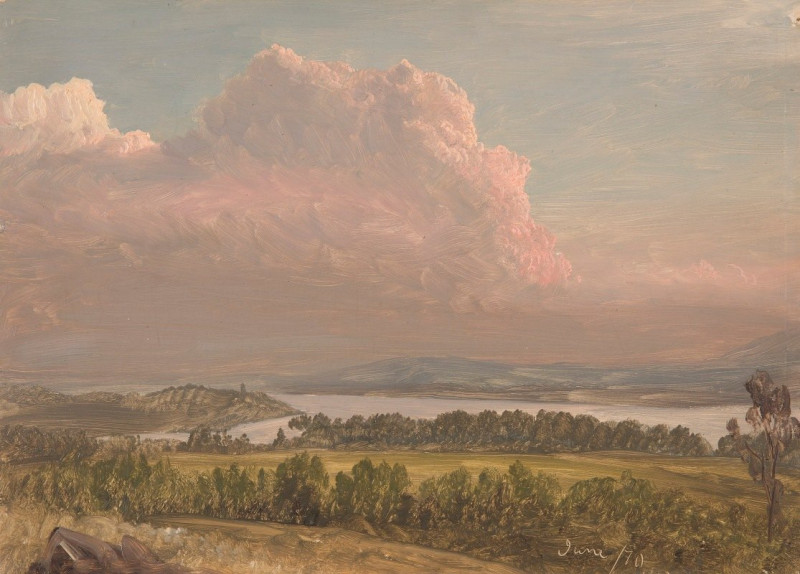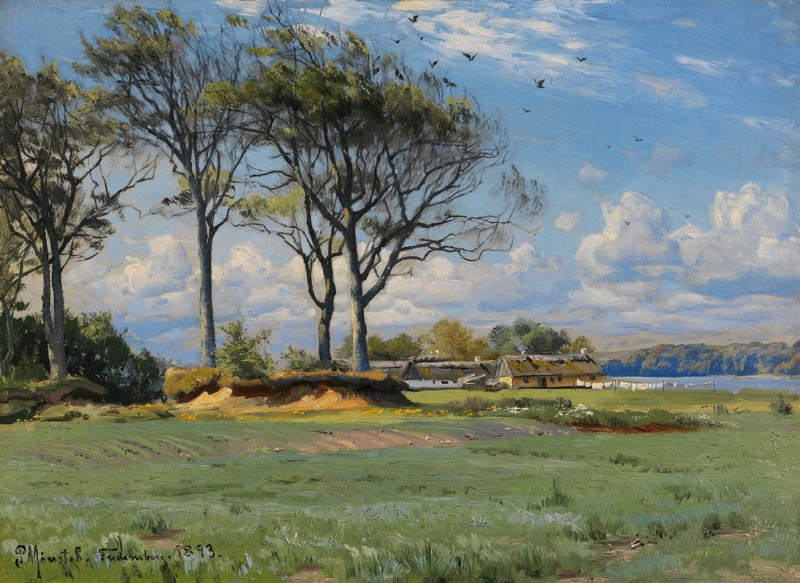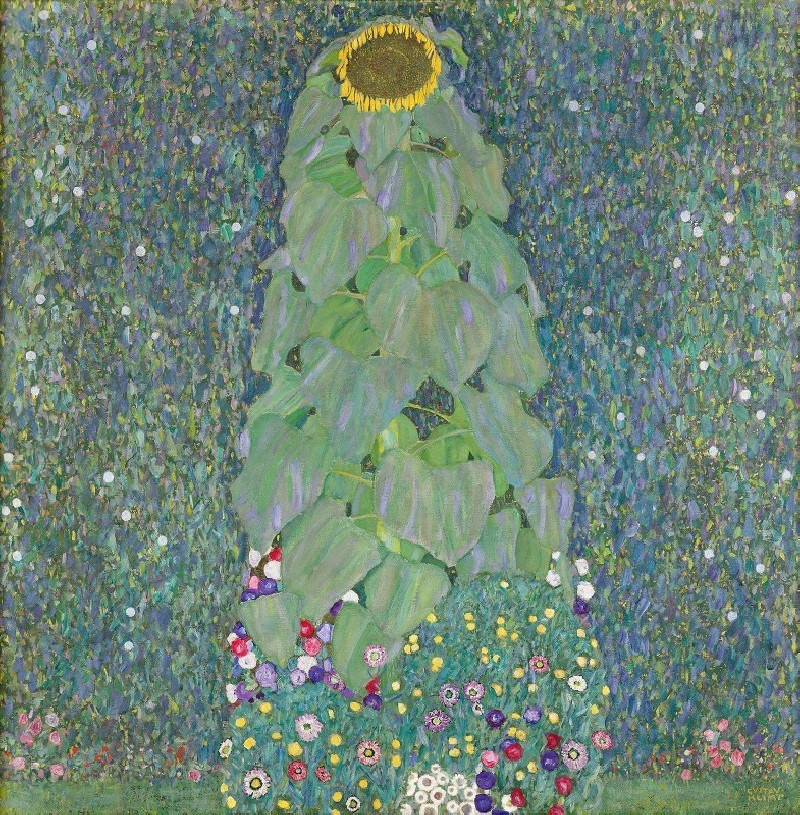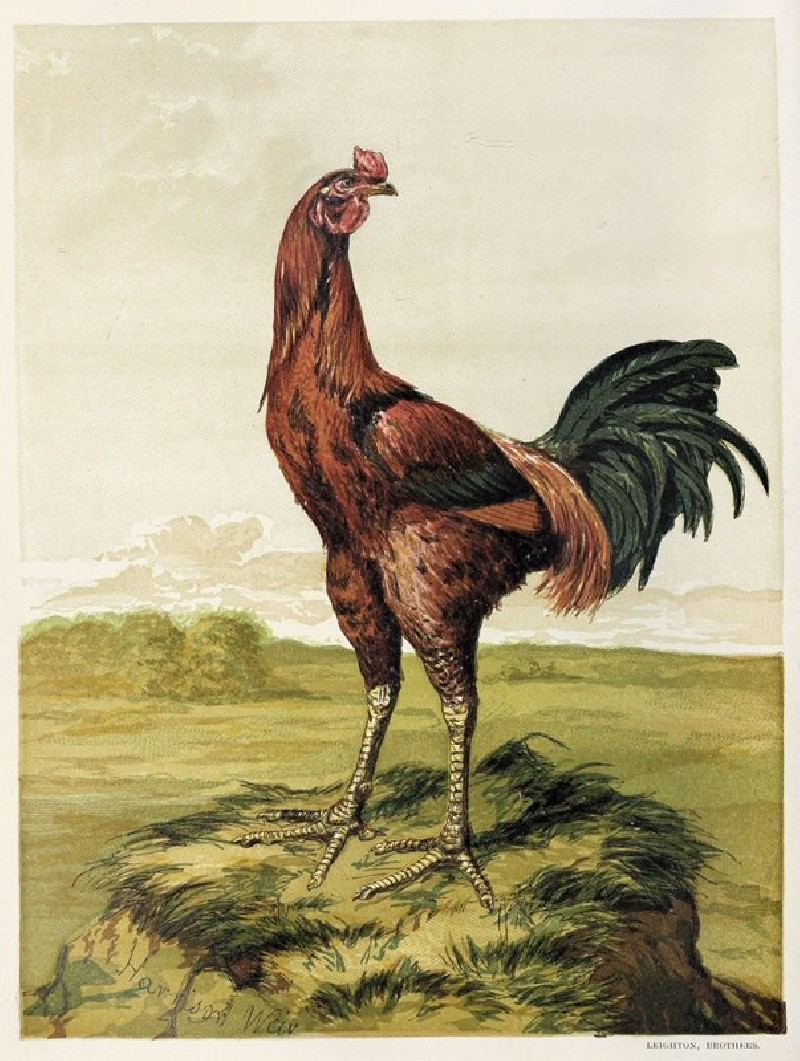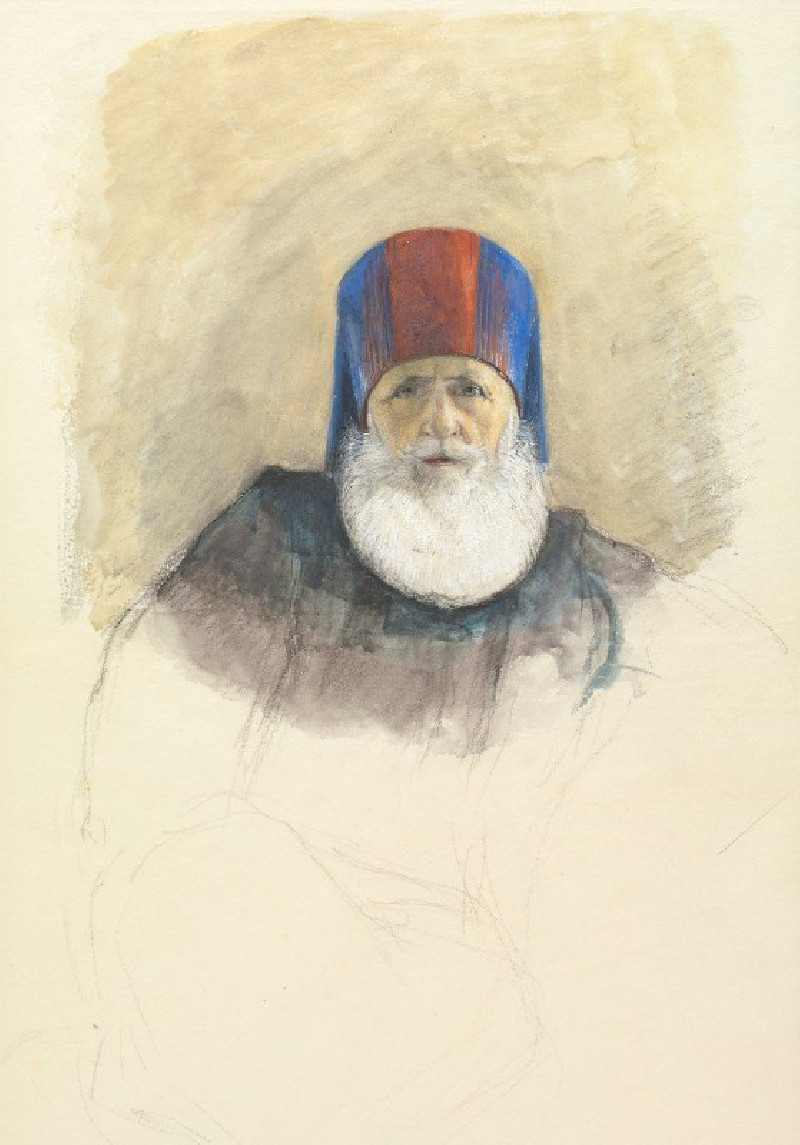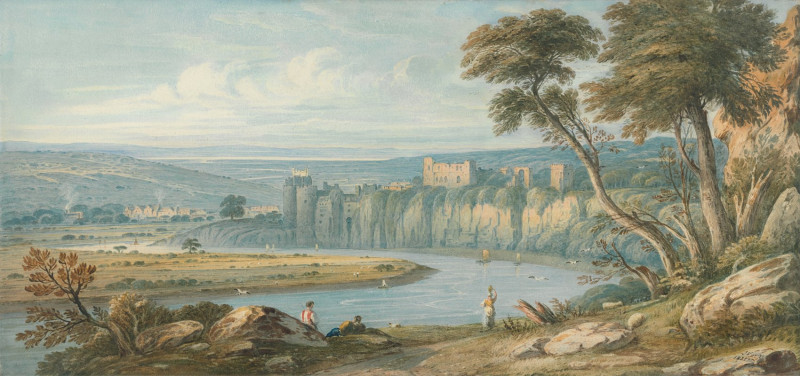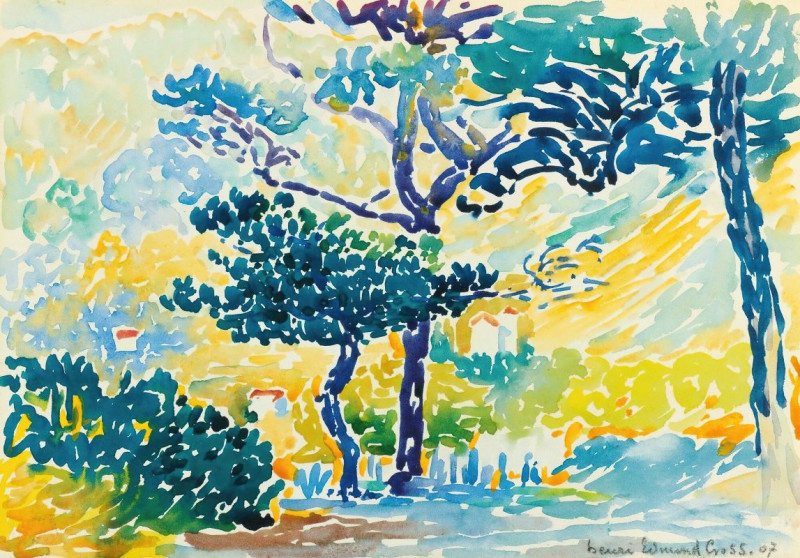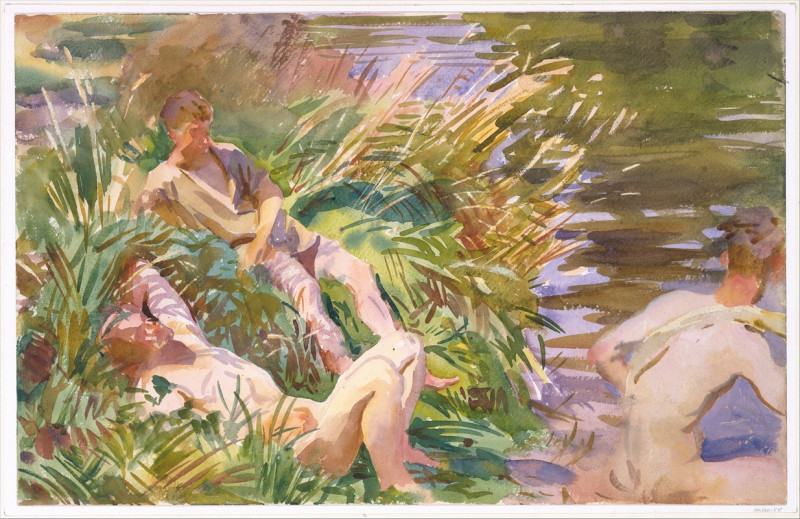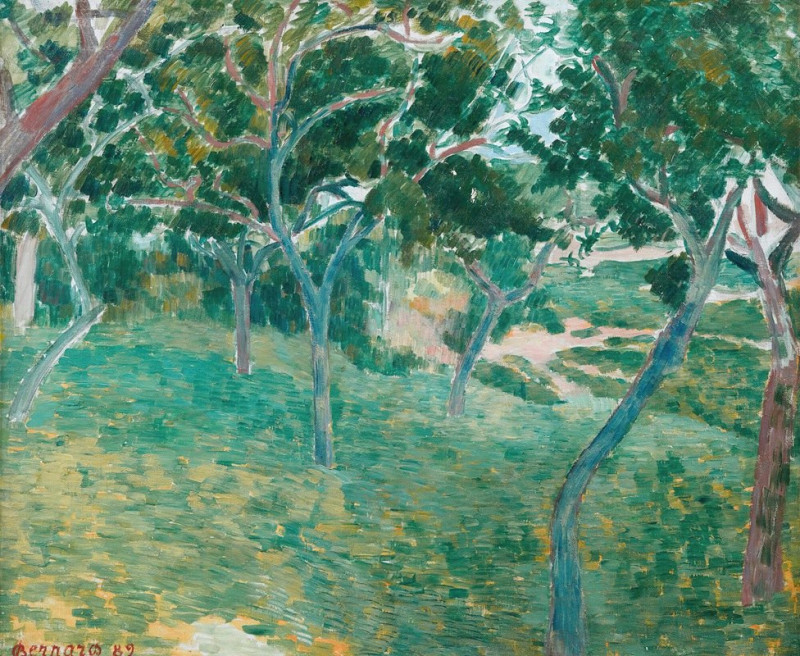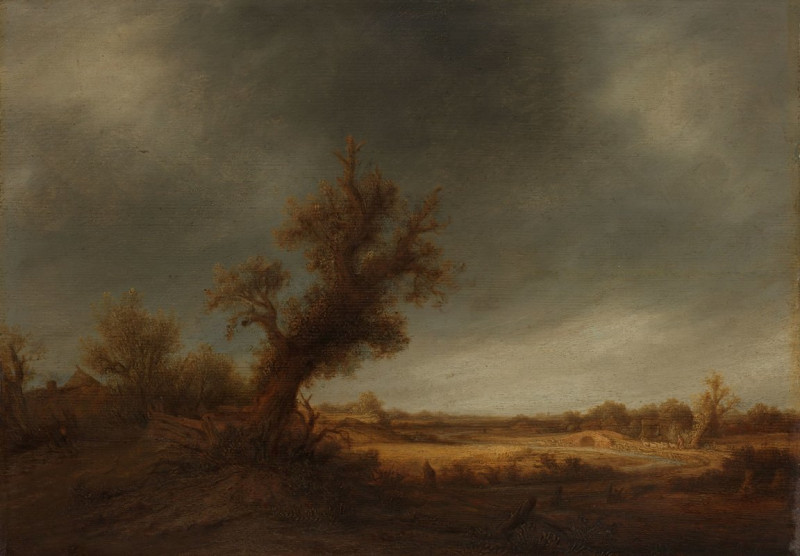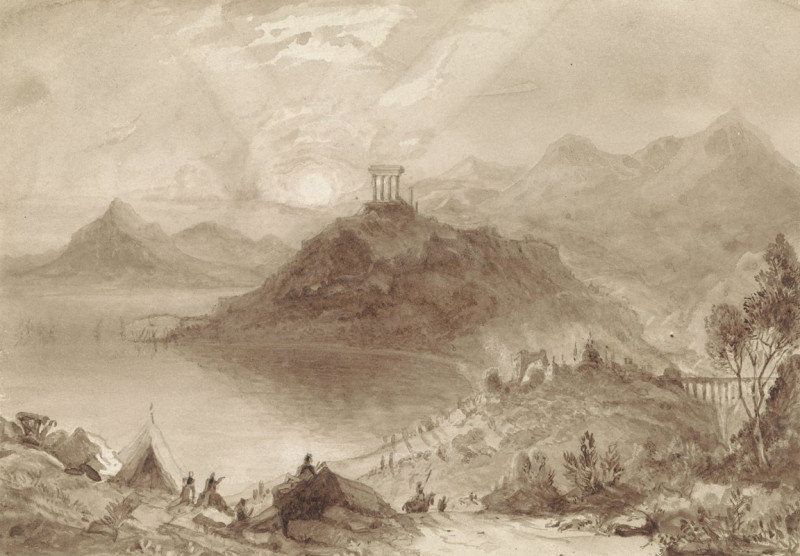A Wild Boar at Bay (1620–1630)
Technique: Giclée quality print
Recommended by our customers
More about this artwork
"A Wild Boar at Bay" by Frans Snyders is a striking drawing from the early 17th century, showcasing the artist's mastery in rendering dynamic wildlife scenes. In this lively composition, a fierce wild boar is depicted at the center, surrounded by a pack of ferocious hunting dogs. The boar, with its bristles raised and tusks bared aggressively, is positioned as the focal point amidst the chaotic tangle of animals. Each dog is captured in varying states of motion—some are lunging forward, others are reeling back or lying defeated on the ground, highlighting the brutal nature of the hunt.Frans Snyders, known for his vivid and detailed animal depictions, utilizes a range of expressive lines and delicate shading to convey the intense energy of the scene. The positioning of the figures and the intricate detailing in the fur and foliage add a sense of depth and realism to the artwork.This drawing not only exhibits Snyders' technical skill but also reflects the period's fascination with hunting as both a sport and a symbol of human dominance over nature.
Delivery
Returns
Frans Snyders or Frans Snijders (11 November 1579, Antwerp – 19 August 1657, Antwerp) was a Flemish painter of animals, hunting scenes, market scenes, and still lifes. He was one of the earliest specialist animaliers and he is credited with initiating a wide variety of new still-life and animal subjects in Antwerp. He was a regular collaborator with leading Antwerp painters such as Peter Paul Rubens, Anthony van Dyck, and Jacob Jordaens.

